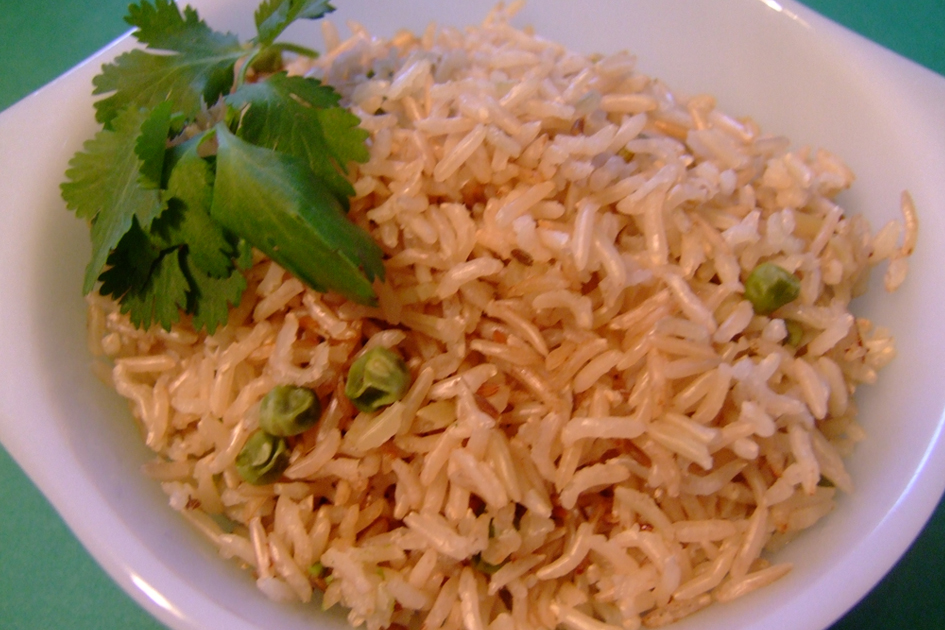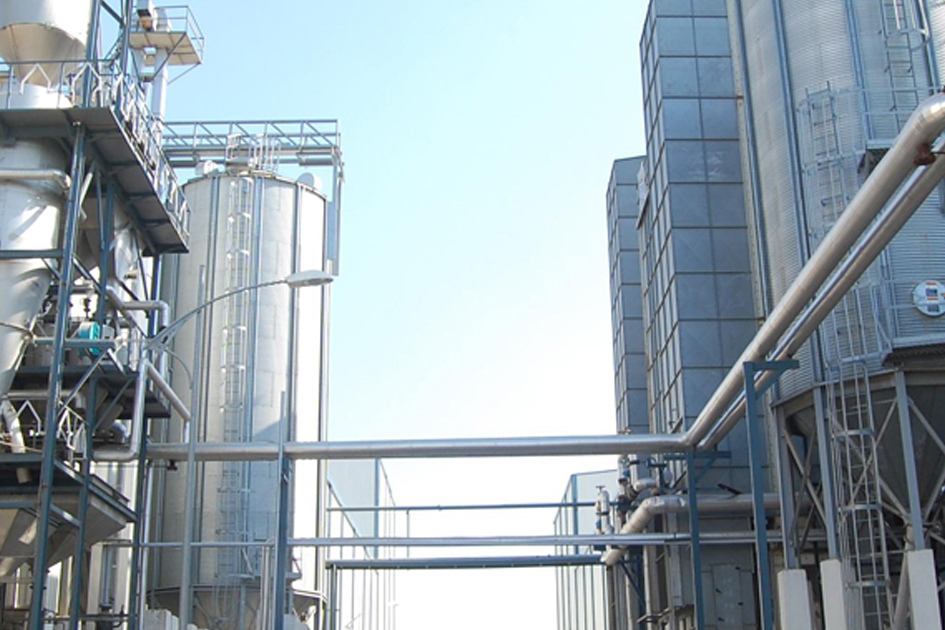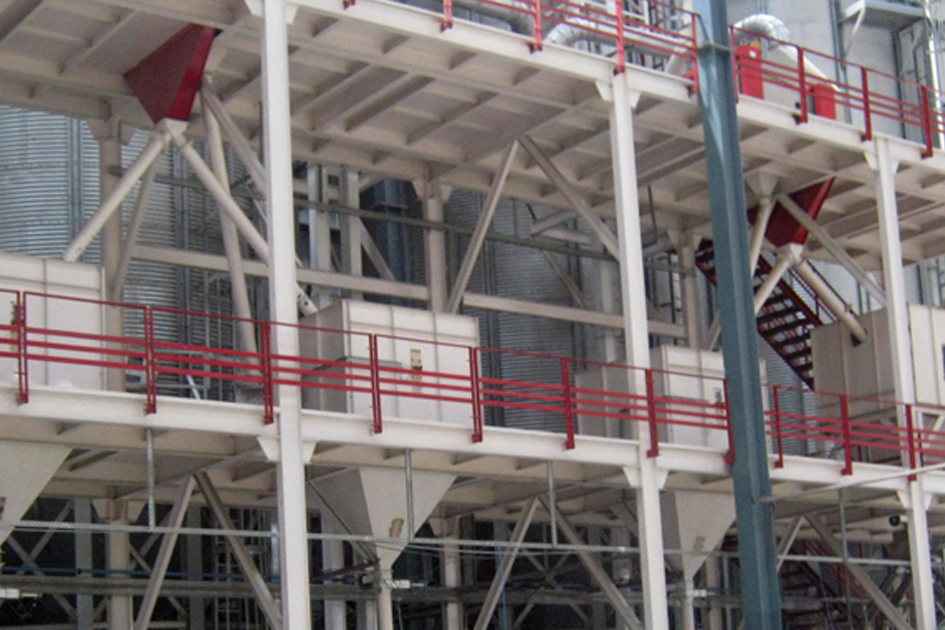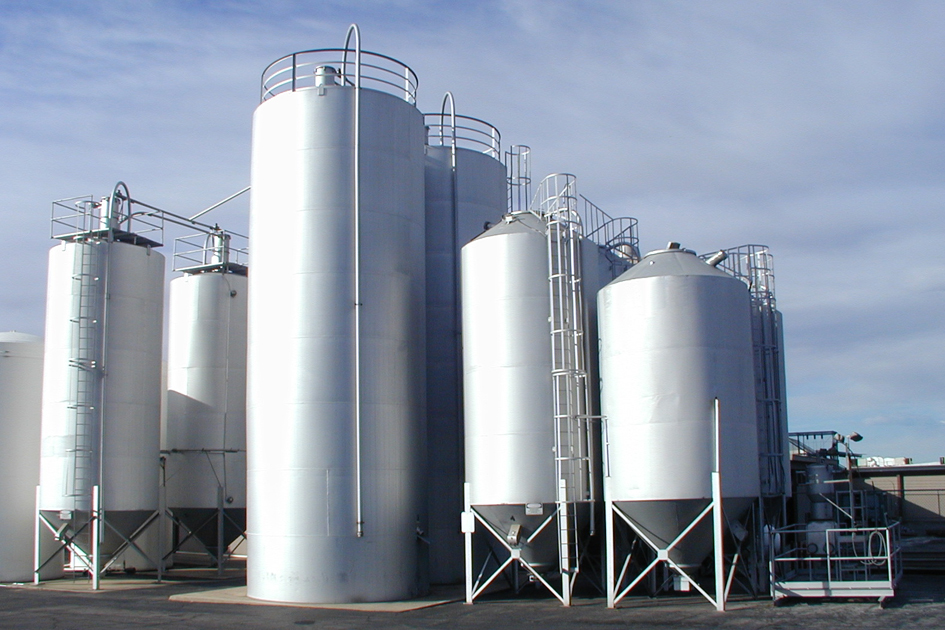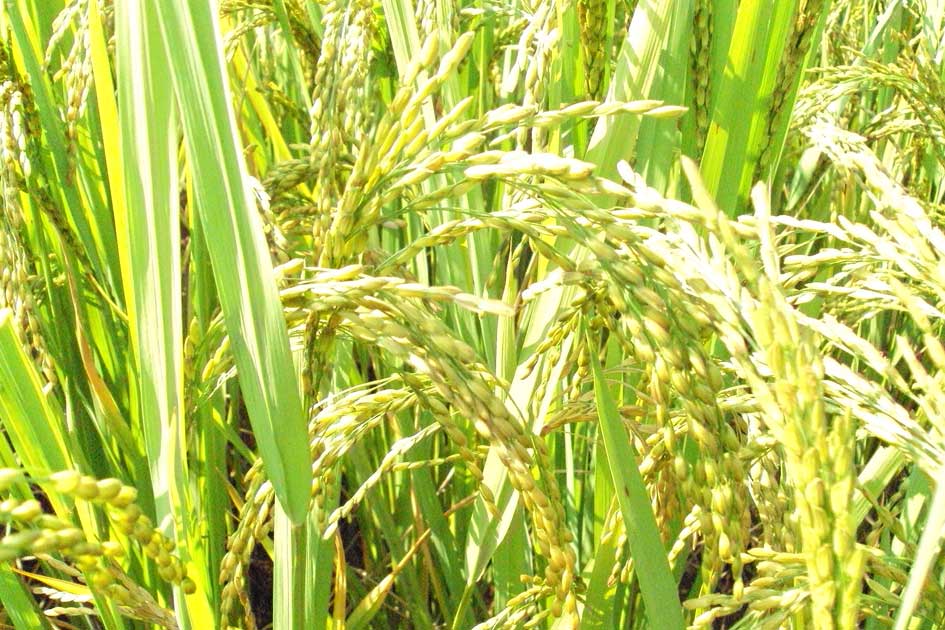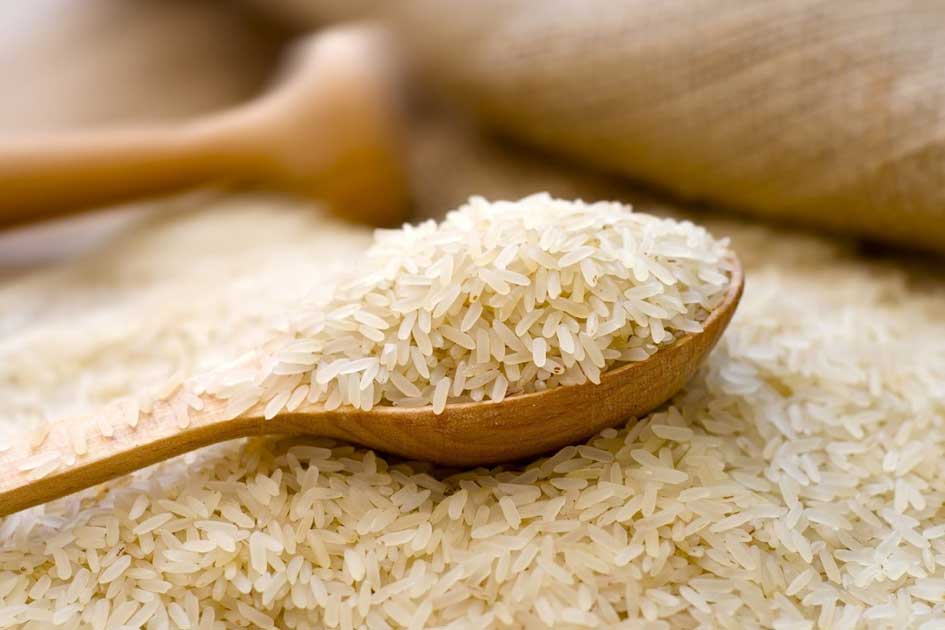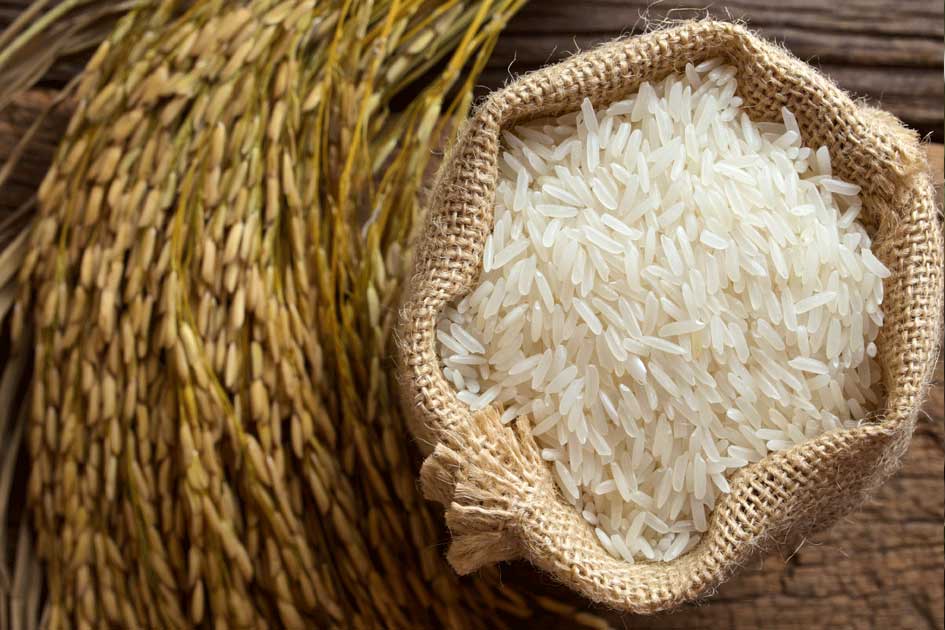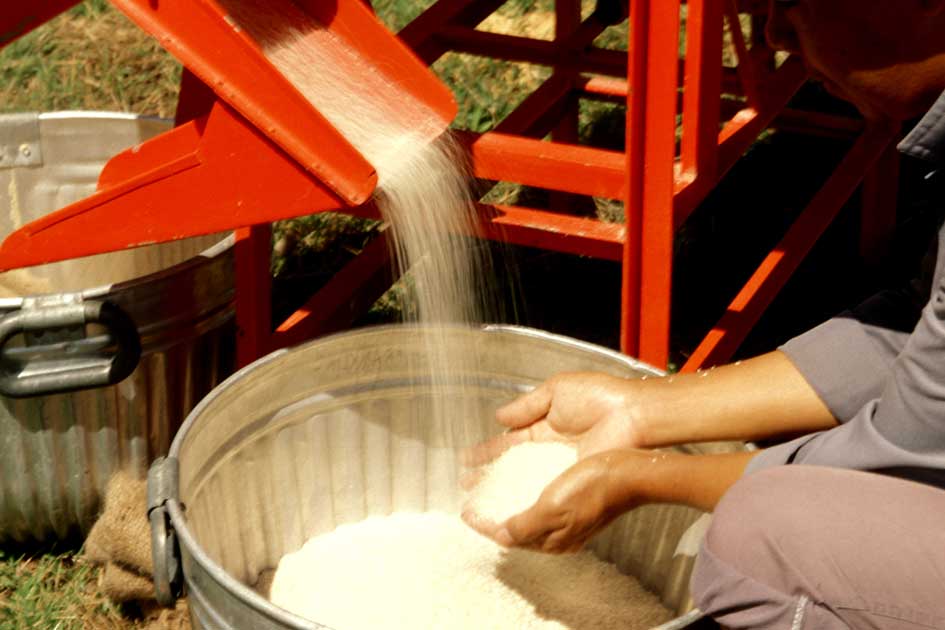Rice is a staple food for many different cultures throughout the world. White rice is more common in the United States and many other regions of the world, but brown rice is still consumed by more people overall. The key difference between the two types of rice lies in how they are processed. White takes much more processing overall, as brown is only partly milled or not milled at all.
The cooking process for both rice types also varies. The first mistake people make is assuming that you can cook brown rice just the same way as white. Some people find it harder to cook brown rice when compared to its white counterpart. Here are a few tips to ensure you end up with perfectly cooked brown rice.
To start, you should thoroughly rinse your rice until the water runs clear. The next step is to start boiling water for your rice to cook in. The rice to water ratio is very important and should be 1 cup of rice to 1-1/2 cups of water. Another important step you do not want to overlook is to add the rice only after the water is fully boiling.

Once you have added the rice to the boiling water, cover the pot and reduce the heat to low for 20 minutes. After 20 minutes, you will want to remove the pot from the heat, but do not remove the lid. Leave the pot to rest uncovered for another 15 minutes or so. Any longer than 15 minutes and your rice can end up soggy and mushy.
The two steps that cannot be overlooked are ensuring the correct rice to water ratio, along with adding rice after the water is boiling. These two things differ from the way white rice is prepared, so they are the areas that people tend to mess up when cooking brown rice.
Once you start to cook brown rice more often, you will begin to get a better feel for the right way to cook it and in no time at all, you will be a pro.
Brian is an online writer and reviewer of kitchen appliances like a KitchenAid Slow Cooker. For the latest slow cooker reviews, along with the best discounts and special offers, visit his new blog at http://programmableslowcooker.com today.
Article Source: Ezinearticles.com
 MAIL US :
MAIL US :
 CALL US :
>
CALL US :
>
